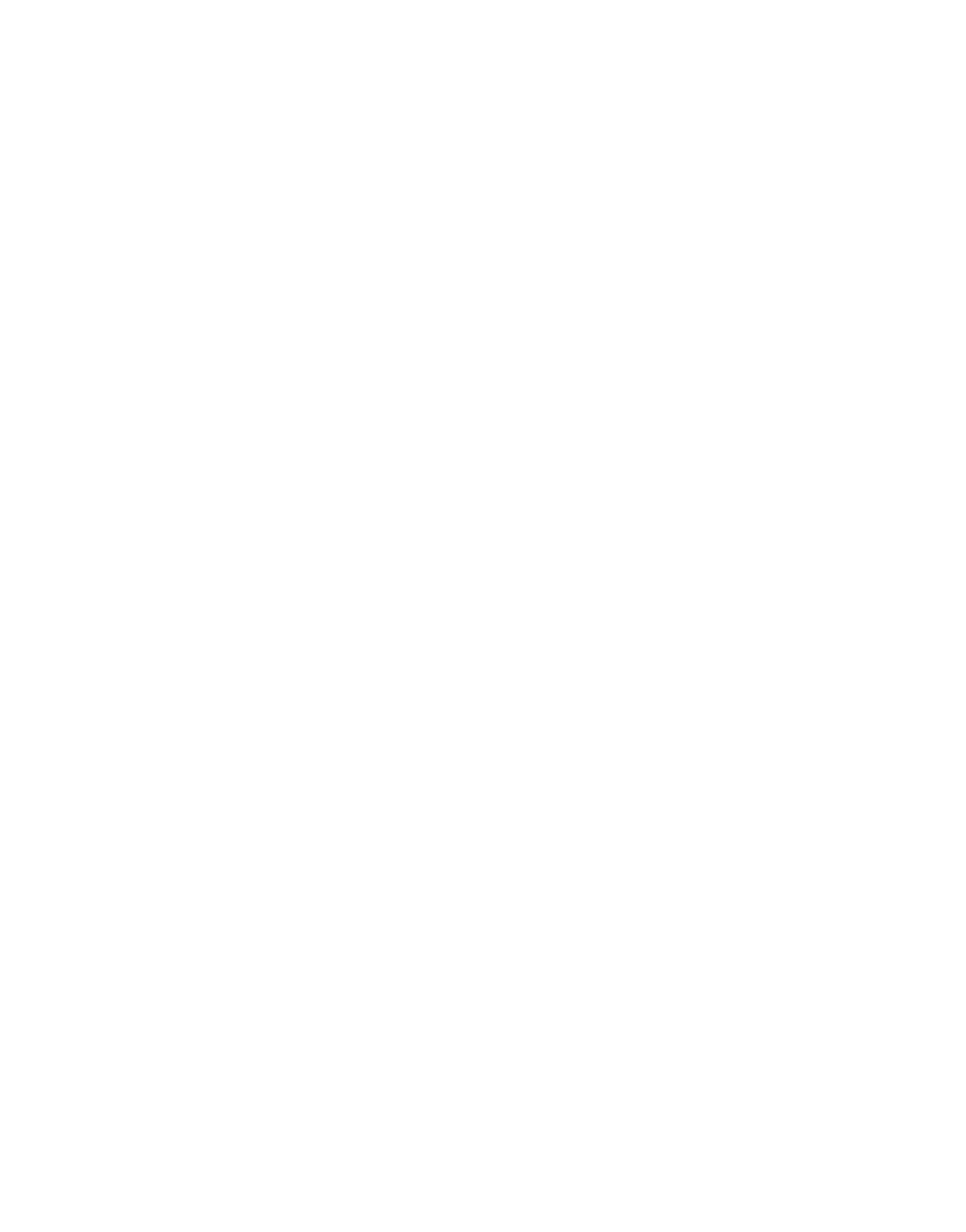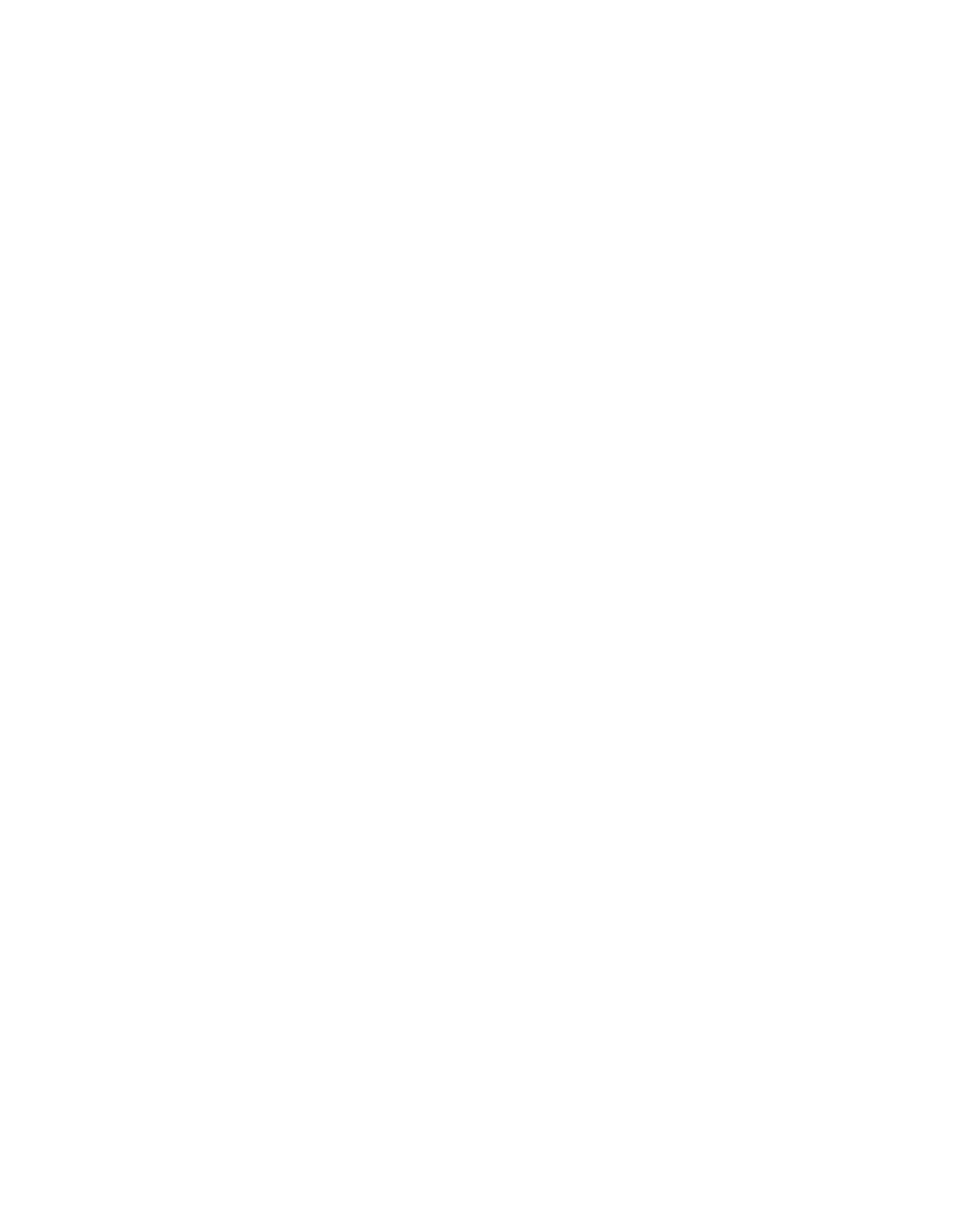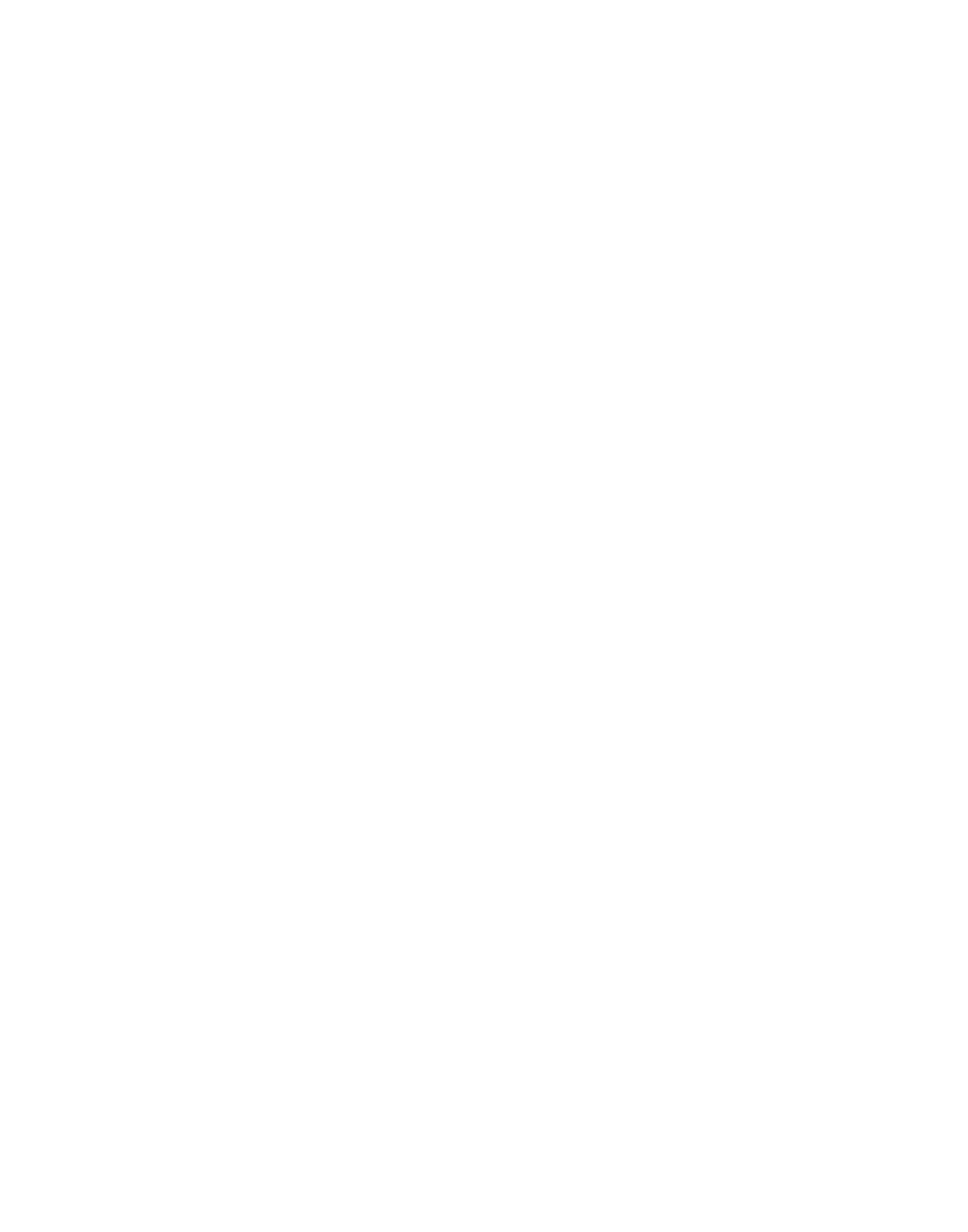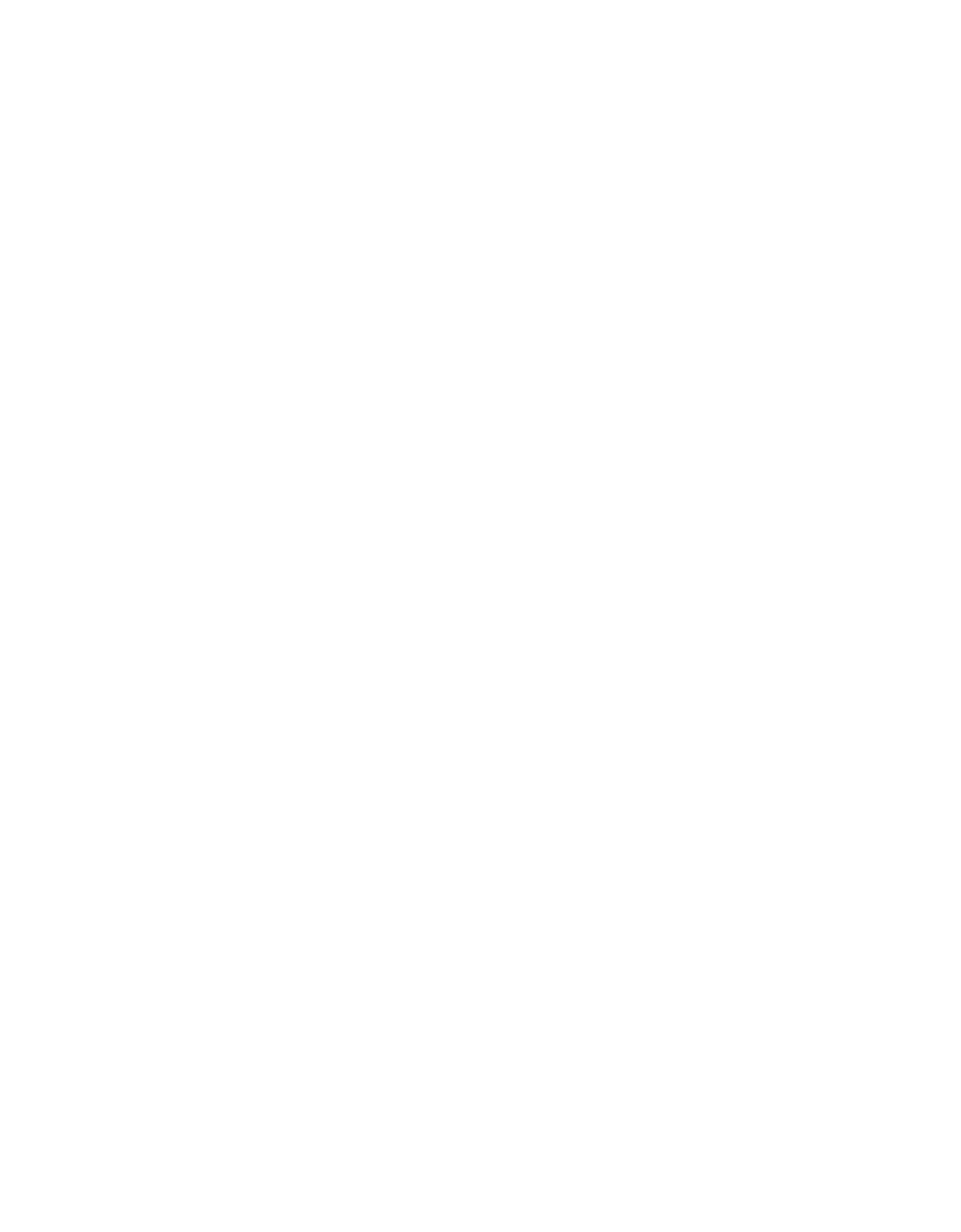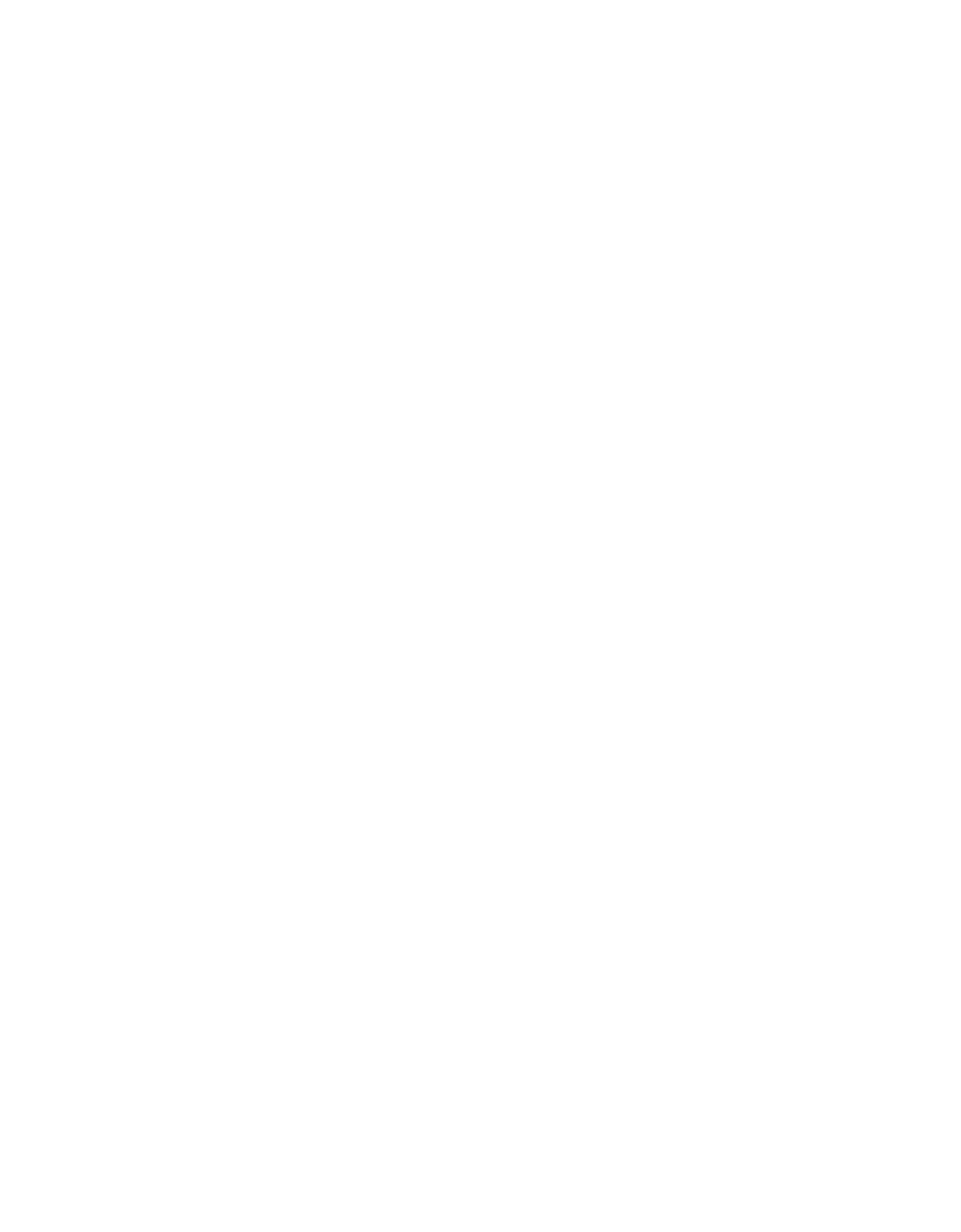ILLINOIS POLLUTION CONTROL
BOARD
April 27~ 1984
FORD
MOTOR COMPANY,
)
Petitioner,
)
PCB 83—105
v.
)
ILLINOIS ENVIRONMENTAL
)
PROTECTION AGENCY,
)
Respondent.
MS. CAROLYN A. LOWN AND MR. SHELDON ZABEL (SCHIFF, HARDIN
&
WAITE) APPEARED ON BEHALF OF FORD MOTOR COMPANY;
MR.
PETER E. ORLINSKY (ATTORNEY-AT-LAW) APPEARED ON BEHALF OF THE
ENVIRONMENTAL PROTECTION AGENCY.
OPINION AND ORDER OF THE BOARD
(by J.
D.
Dumelle):
This matter comes before the Board upon an
August 4,
1983
petition,
an August 10,
1983 amended petition and a
December
2,
1983 amended petition for variance filed on behalf of the
Ford
Motor Company.
The Illinois Environmental Protection Agency
(Agency)
filed a recommendation on March
6,
1984 recommending
that variance be granted in part.
Hearing was held on March 15,
1984 at which both parties were represented, and
which largely
involved the admission of
a Stipulation of Facts.
On april
5,
1984,
the Board entered an Interim Order
requesting
the parties
to
address the applicability of
35
Ill. Mm, Code 203.207(f) to
Ford~srequest for variance from the New Source Review Regulations
to which Ford responded on April
24, 1984, and to which
the Agency
responded on April
26,
1984.
Ford requests that the Board grant it a variance from
35
Ill. Adm. Code S215.204(a)(1)
(formerly Rule 205(n)(1) of Chapter
2:
Air Pollution
until
such time as the Board either corrects
the
mistake of fact which underlies Section 215.204(a)(1.)
or
finds that 35
Ills
Adm, Code Part 215 presently contains a
mechanism by which relief may be ç~rantedfrom the
mistake.
Ford
also requests that it be granted a variance from the
regulations
for major stationary source construction
and modification
contained in 35
Ill,
Adm, Code
203
(New Source
Review
Regulations)
if the Board determines that the New Source Review
Regulations do apply to certain modifications Ford is undertaking
57-483
to
achieve compliance with RACT I~
On December 23,
1983,
the Agency filed a
motion to dismiss
that
part of Ford~svariance request pertaining
to 35 Ill. Mm.
Code
215,204(a)(1)
to which Ford responded on
January
3,
1984.
The Agency stated its agreement with Ford that
“when the Board
adopted 35
Iii,
Adm. Code S215,204(a)(1)
in R78—3,—4,
it
relied
on a
mistake in the record,” that mistake
being that the United
States
Environmental Protection Agency
(USEPA)
based its Control
Technique
Guidelines
for surface coating on a
40
transfer
efficiency rather than the subsequently
determined 30
efficiency
(see USEPA
memos regarding transfer
efficiency in Ex. A of Ex.
A
of Ford’s December 2,
1983 Amended Petition for
Variance).
On
March
8,
1984 the Board entered an
Order in which
it
stated:
When R78-3,-4 was adopted,
the
limitations of Section
215,204(a)(1) were intended to track the federal
guidelines
•
.
.
(which
were based upon
a
mistake of
fact,
upon which
the Board,
in turn,
relied,
.
.
The simplest solution to
this problem is to allow the Agency to construe
Section
215,204(a)(1) consistently with the federal guidelines.
This is especially true since the Ford plant is the
only
plant affected by the rule.
Unfortunately, were the Board to accept the Agency’s
position,
the Board would be condoning
the practice of
allowing effective rules to mean something other than
what
they say.
While it is somewhat difficult to determine
what
is intended by the present rules,
the
Board finds that Ford
has properly construed them,
and as
such, must seek variance
or site-specific regulatory relief to avoid possible
enforce-
ment by the Agency or any citizen,
Based upon that Order Ford has pursued this variance request
in
conjunction with site—specific relief
in
R83—36.
Ford owns and operates an automobile
assembly plant located
at the intersection of Torrence Avenue and the Calumet River
in
Chicago
in a site which occupies 85.9
acres
in a highly indus-
trialized area
(Stip.
Para,
1 and 2).
Approximately 4000 people
are currently employed at the plant at which
automobiles are
assembled from parts manufactured at other
locations
(Stip.
Para.
3 and 4).
The assembly process includes welding and sealing of
*
RACT
I is the set of regulations adopted by the
Board
in
R78-3,4
to control the emissions of volatile
organic material
through
the application of reasonably
available control tech-
nology to
stationary sources.
In re Remissions
of Volatile
~~cMat~i~!,
PCB R78~3,4,
~~6iXug.2T~1979.
57-484
body components, metal
finishing,
painting, and final
assembly
(Stip. para.
4),
The plant currently produces
50 vehicles per
hour (vph) and has a rated capacity of
60 vph during
two 8-hour
shifts per day,
five days per week,
with periods
of
production of
up
to two 10—hour shifts per day and occasional
Saturday
operation
(Stip.
para.
5),
Vehicle bodies are initially painted with a
prime coat by an
electrocoat painting process,
baked,
and then
conveyed to a prime
surfacer spray booth where they are painted using
hand—held conven-
tional
(non—electrostatic) and high voltage
automatic application
(spray)
equipment
(Stip.
para.
6-8),
The prime
surfacer coating
is then
applied to improve the surface
appearance of the topcoat
and to
provide additional corrosion protection
for the coated
surface.
The current material usage in
the prime surfacer spray
booth
is about 0,34 gallons of paint spray
prime per vehicle and
17 gallons
of paint per hour
(Stip. para.
8).
Subsequent
to
applying
the prime surfacer, the vehicle
bodies are conveyed
through
a bake oven
(Stip.
para.
8).
The topcoat coating line begins when the
production line
coming
from the prime coat coating line splits to
either one or
the other of two main enamel spray booths
(Booth
I
and Booth II)
and ovens
(Stip.
para.
9).
This
is the only
point at which the
production line is split and the rate of production
coming from
the main enamel operation cannot he varied unless
all other
portions of the production line are modified
(Stip.
para.
10 and
11). Vehicle bodies are painted
in the main enamel
operation
using hand~’heldconventional and electrostatic
spray guns.
Material usage in the topcoat coating line is
about 2.1 gallons
of paint per vehicle and 105 gallons
of paint per
hour
(Stip.
para.
12),
Volatile organic materials and particulate
are discharged by
the prime surfacer coating and topcoat coating
lines, and
producing the current model
at the present
rate of production,
approximately 68 pounds of volatile organic
material and 0.3
pounds of particulate are discharged per hour
from the prime
surfacer coating line and approximately 546
pounds of volatile
organic material and 0.9 pounds
of particulate
are discharged per
hour from the topcoat coating line
(Stip.
para.
13 and Ex.
3).
Ford intends to modify its main enamel operation in
order to
accommodate the use of high solids enamel needed for meeting
the
requirements of the RACT
I regulations
(Stip.
para,
17).
After
modifications are completed,
emissions from the prime
surfacer
and topcoat coating lines will be equivalent to
an emission rate
of
2.8
pounds per gallon applied at a transfer
efficiency of 30
percent
(Stip. para~17).
As such,
these
emissions represent
a
decrease from the plant~shistorical emission
baseline and will
constitute compliance with the requirements of
the
RACT
I
regulations well in advance of the prescribed
deadline of
December 31,
1985
(Stip.
para.
14),
57-485
4
In order to avoid a lengthy production
shutdown at the plant
while undertaking modification, Ford plans
to modify Booths
I
and
II
sequentially such that the entire production of vehicle bodies
will pass
through Booth II until
modifications are completed to
Booth
I,
at which time production will he
shifted to Booth
I
while
Booth II
is modified
(Stip.
para.
17 and
18).
Then, pro-
duction
will again may be split between
the two portions of the
main enamel operation
(Stip.
para,
18).
The rerouting of pro-
duction in this manner will not change
the number of vehicle
bodies going into or out of
the main enamel
operation,
and, as
such,
it will not create any increase
in emissions from the
overall operation
(Stip.
para.
18
and
Ex.
1).
However, there
will
be a temporary increase in the
number of vehicle bodies
which will pass through Booth
II while
Booth
I
is being modified
and vice versa,
Thus,
there will
he an increase in emissions
from whichever portion is operational at a given time
(Stip.
para.
19).
VARIANCE FROM 35 ILLINOIS
ADMINISTRATIVE CODE 215.204(a)
(1)
Section 215,204(a)(1)
limits the emission of
volatile organic
material from prime surfacer coating and
topcoat operations at
automobile or light-duty truck manufacturing plants in
Cook
County to 2.8 pounds of volatile organic material
per gallon of
coating materials,
excluding water,
delivered
to the coating
applicator.
Two alternatives to this primary
limit are provided
in
footnotes to Section 215.204(a)(1):
one for prime surfacer
coating of 3,2 pounds
of volatile organic material
per gallon of
coating materials applied with a transfer
efficiency of not less
than
55 percent,
and the other
for topcoat
coating of 3.6 pounds
of
volatile organic material ~er gallon of
coating materials
applied with
a transfer efficiency of not
less
than 65 percent.
The limitation of 2.8 pounds per gallon is
written simply in
terms of the pounds
of coating materials
delivered.
As such, the
limitation does not by itself express the emissions
which may be
expected
from the application of that amount of
materials.
To
calculate the emissions,
it also is necessary
to know the transfer
efficiency with which the coating
materials are being applied.*
The 2.8 pounds per gallon limitation was
based on the limitation
set
forth
in USEPA~sCTG for various surface
coating operations
(a.
594,
599 and see see R78-3,
-4, Inre
Emissions of Volatile
Q~cMa~~jal,
35 PCB 257—259, August
23,
1979).
USEPA
represented in
~
ratio
of the amount of coating
solids
transferred onto the surface of
a
part or product to the
total
amount of coating solids used
(35 Ill.
Mm.
Code S211.121).
57-486
the
CTG
that this limitation was the
“presumptive norm” that
could
be achieved through the application of RACT
(USEPA,
OAQPS
Guidelines, Control Of Volatile Organic Emissions From Existing
Stationary Sources
-
Volume II:
Surface Coating Of Cans,
Coils,
Paper,
Fabrics, Automobiles, And Light-Duty
Trucks at iv and vii
(EPA—450/2—77—008
(OAQPS No,
1,2—073)
May 1977) which was based
on water—borne coating usage
b~two plants
in the United
States
(CTG For Surface Coating at
viii).
Although the CTG
For
Surface Coating
is silent regarding the
transfer efficiency
upon which it relied,
it
appears that a
transfer efficiency of
40 percent was used based upon a misap-
prehension of the
transfer efficiency which was being achieved at
the two plants relied on by the
CTG,*
Later testing by General
Motors at these plants demonstrated that the baseline transfer
efficiency actually was
30 percent rather than 40 percent
(see
Ex.
6).
Subsequent
to issuing the CTG For Surface Coating, USEPA
clarified
the baseline
for the transfer efficiency and issued a
memorandum
on July
3,
1979, which
stated that it had “reviewed
the
available data and concluded
that present waterborne coating
(2.8
lbs/gal less water)
is being
applied at a transfer efficiency
of 30
percent”
(Ex.
6).
Thus.
Section 215,204(a)(1) appears
to have been based on a
mistake of
fact in that
it
is based upon a
transfer efficiency of
40,
and the Board agrees with the Agency
that denial
of variance
from a rule which is apparently based on a
mistake
of fact would
constitute an arbitrary or unreasonable
hardship.
The Board,
therefore,
will grant variance from that
rule until
such time as
the Board takes
final action on R83-36 in
which the Board will
address
the consequences of that mistake,
or for five years,
whichever is shorter.
variance From
35 Ill. Mm.
Code 203
Ford also requests variance from 35
Ill.
Adm, Code 203
(New
Source
Review), arguing, essentially, that
its plan for attaining
compliance with RACT will result in the
imposition of the New
Source Review rules, which impose more
stringent standards than
RACT,
and that such a result would impose
an arbitrary or unreason-
able
hardship upon Ford,
The Agency agrees
that
the imposition
*
The only portions
of
§215.204(a)(1)
in which transfer
efficiency is expressed are in two footnotes which express
alternative
limits,
If
it is assumed
that these alternatives
are
intended to be equivalent to the
2.8
pounds
per gallon limit
set
forth as the primary limitation for
§ 215.204(a)(1), then
back—calculating from the alternative
limit ~‘ieldsa transfer
efficiency of
40 percent for the primary
limit of 2.8 pounds per
gallon.
57-487
6
of LAER (Lowest Achievable Emission Rate)
would constitute such
hardship, hut disagrees that Ford has
demonstrated
such
hardship
concerning the entirety of the New
Source Review rules.
The New Source Review rules
are permitting rules which
apply to new construction or reconstruction of major stationary
emission sources and to major modifications of stationary sources
in non-attainment areas.
If an activity
is deemed to be subject
to the NSR rules,
a permittee
is required
to provide LAER
(Lowest Achievable Emission Rate) and offsets for criteria
pollutants,
among other things,
to
insure that the best equip-
ment available
is installed and to provide reasonable further
progress toward attainment.
In determining whether the NSR rules apply, the first
question which must be addressed is what is the source involved.
Ford
argues
that
the
source
is
the
“Main
Enamel
Operation”
which
includes
both
spray
booths
while
the
Agency
argues
that
each
booth
is a separate
source.
In Natural
Resources
Defense Counsel,
Inc.
v.
Gorsuch, 685
F.2d
718
(D.C.
Cir.
1982),
cert, granted
103 S. Ct.
2427
(1983)
(NRDC),
the court considered the USEPA’s
adoption
(as part of
its
new source review regulations)
of a
plant—wide definition
of emission source
as
being designed
“to
shrink to relatively
small
size mandatory
new source review in non—attainment areas”
(Id.
at 720.)
The court concluded that
such purpose was imper—
missible since the non-attainment program was enacted to improve
the quality
of
the ambient
air rather
than to simply maintain it
(Id.
at 726—27,)
The Board does not agree that Ford’s
designation of the
“Main
Enamel Operation”
as
a single
source
comports
with
NRDC,
above,
or with the Board’s definition of
source.
The definition of source goes to
“any equipment or facility.”
This dual definition allows a source
to
be
designated
as
one
or the
other, but
not something
in between as Ford apparently
contends.
As the Board stated in its
Opinion
and
Order
adopting
the
New Source Review rules,
“a source
is
either
an
entire
plant
or
an individual p4~ç~
of process equipment
within
a
plant
(R80—1~7i5~5~5k~ETh,
J~iy
14,
1983,
pp.
2—3; emphasis added).
Despite the fact that Booths
I and II normally
operate in tandem,
they
are clearly individual pieces of
equipment.
The fact that
Booth
I can operate while Booth II
is shut
down and vice versa,
is
indicative of that fact.
Thus,
in
applying the New Source Review
Rules,
the Board
must
look at each booth
individually.
57-488
7
Both parties agree that even
if the spray booths are considered
individual sources, that each booth is a
major
source pursuant
to 35
Iii. Mm.
Code
203.206,
The next question which must be
addressed, then,
is whether Ford’s activity is considered new
construction, reconstruction or modification of those sources.
Under
35 Ill.
Adm.
Code 203.207,
a major modification is “any
physical
change,
or change in the method of operation
of a
stationary emission source that would result in a significant
net emissions increase of any pollutant, except that a physical
change or change in the method of operation shall not include”
certain
listed
activities.
New emission determinations are
made pursuant to 203.208.
Thus,
in
order to constitute a major modification, the
change
in the
method of operation must not be an activity
which is
not
exempted and which results
in a significant
emissions increase.
The parties, unfortunately focused
on the second.
Neither
Ford nor the Agency addressed the first issue,
despite
the fact
that an affirmative answer would be dispositive
of the
case.
Since the record contained insufficient information
to
determine the
applicability
of
that exemption,
the Board
entered
an
Interim Order on April
19,
1984, requesting that the
parties
respond to that
question.
Ford stated that, while
it had
not
directly
addressed the issue,
its “change constitutes the
type of
activity
exempted from the definition of major modifi—
cation.”
The
Agency, on the other hand, argued that “because
the
physical modifications to the top coat main enamel operation
necessitate
the
increase
(albeit temporary)
in the production
rate
of the
individual Main Enamel Booths, the change in produc-
tion
rate is not
strictly
operational
and, consequently, does not
fall
within the
exemption provided by Section 203.207(f).”
The exemption
contained in
Section
203.207(f) reads as
follows:
An increase in the hours of operation or in the production
rate,
unless
such change
would be prohibited under any
enforceable
permit
condition which was established after
December 21,
1976
pursuant
to 40 CFR
52.21 as amended
at 45
FR 52735, August
7,
1980 or this Chapter.
In Ford’s case the project involves
two
emission sources,
(i.e.,
paint booths),
each of
which emits
more than 100
T/yr
of
hydrocarbons.
Therefore,
for purposes of New Source Review each
is a
major source
undergoing modification and the project
is a
major
modification
because
there will be a
change
in the operation
of each
source
(see the introductory paragraph of Section 203,207),
57-489
8
Both parties agree that Ford’s permit does not contain any enforce-
able
permit
condition which would bar the application of Section
203.207(f), and Ford submitted an affidavit to that effect in its
response
to
the Interim Order.
The Agency’s argument that the change is not strictly oper-
ational apparentl~’misconstrues the meaning of source for purposes
of New Source Review.
Since there are two separate sources for
purposes for New Source Review,
the Board must examine those
sources independently.
In so doing,
it is clear that no change
is being made to the source which is being operated at double its
production rate except for increasing that rate.
While
it is
true that modifications are being made to the booth which is out
of production,
such changes are irrelevant to the exemption of
Section 203.207(f)
since they are being made to another source.
The Board notes that those changes may constitute a major modifi—
cation in and of themselves,
but that question is not before the
Board in the present variance request.
The
Agency’s response regarding the exemption only makes
sense if the two booths are considered as one source,
which is
precisely what Ford has argued throughout this proceeding.
The
Board notes that if that were the case,
it appears that the
change would be exempted from New Source Review pursuant to the
netting provisions of Section 203.208 since,
if both booths are
considered as one source, there would be no net emissions increase.
Yet, the Agency argued that netting could not be used because
both booths constitute separate sources.
The Agency cannot have
it both ways.
Therefore,
the Board finds that Ford’s change in operation
is exempted from the NSR rules pursuant to Section 203.207(f)
and
concludes that variance from those rules should be denied as
unnecessary.
This Opinion constitutes the Board’s findings of fact and
conclusions
of
law in this matter.
ORDER
1.
Ford
Motor
Company
is
hereby
granted
a
variance
from
35
Ill. Adm. Code 215.204(a)(1) until April
27,
1989
or
until
final
Board
action
is
taken
regarding
R83-36,
subject
to
the
following
conditions:
a)
Ford
shall not cause or allow the emission of
volatile
organic
materials
to
exceed
the
following
limitations
on
coating materials,
excluding water,
delivered
to
the
coating
application:
57-490
9
Automobile or Light
Duty
Truck Manufacturing
Plants
In Cook County
Prime
coat
0.14
(1.2)
Prime surfacer
0.34
(2.8)
coat
(This limitation is based upon a transfer
efficiency of
30 percent.)
b)
Within 45 days of the date of this Order,
Ford Motor Company shall execute a Certification
of
Acceptance
and
Agreement
to
be
bound
to
all
terms and conditions
of the variance.
Said Certi-
fication shall be submitted to the Illinois Environ.-
mental Protection Agency at 2200 Churchill Road,
Springfield, Illinois
62706.
The 45—day period
shall be held
in abeyance during any period
that
this matter is being appealed.
The form of
said
Certification shall be as follows:
CERTIFICATION
I, Ford Motor Company having read the Order
of the Illinois Pollution Control Board in PCB 83—105 dated
April
27,
1984,
understand and accept said Order,
realizing
that
such
acceptance
renders
all
terms
and
conditions
thereto
binding
and
enforceable.
Petitioner
~iü1E1i~tied
Agent
Title
Date
57-491
10
2.
Ford Motor Company
is hereby denied variance from 35
Ill.
Adm, Code
203.
IT
IS
SO
ORDERED.
I,
Christan
L. Moffett, Clerk of the Illinois Pollution
Control
Board,
hereby
certify
that
the
above
Opinion
and
Order
was, adopted on
~7”
day
of
__________,
1984
by
a
vote
of
Christan L.
Moffe~t)(JClerk
Illinois Pollution’~ontrolBoard
57-492
